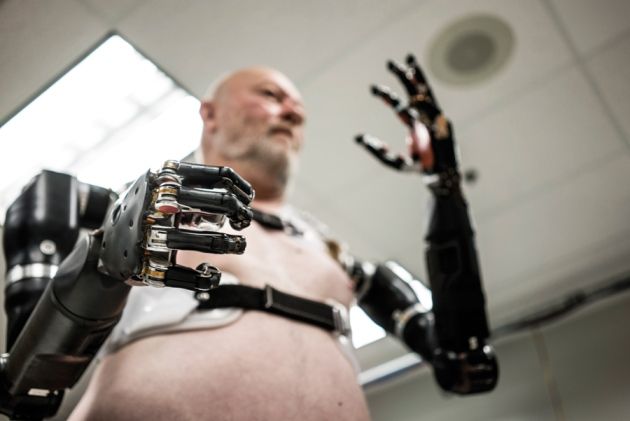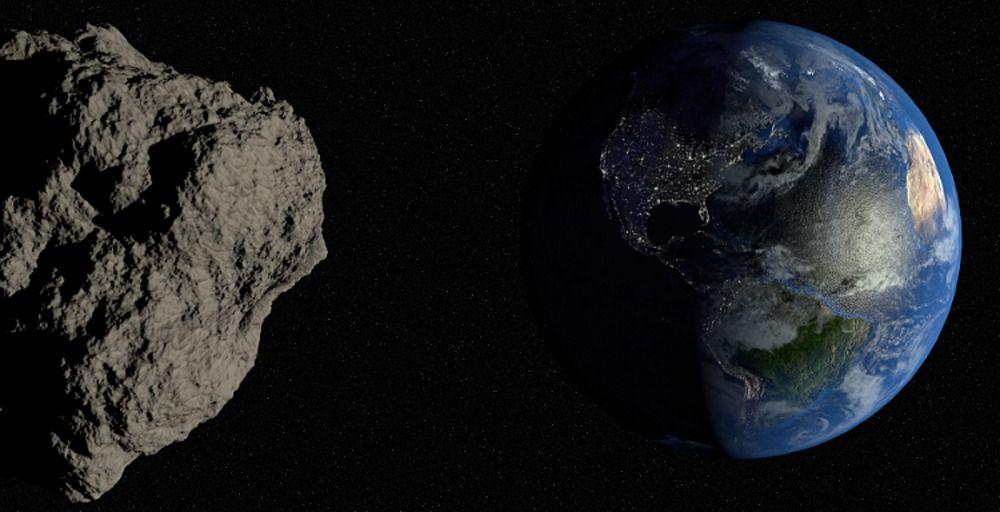Our interstellar challenge is, how do we as a planet confined humans, become an interstellar species? This encompasses all human endeavors, and is vitally dependent upon interstellar propulsion physics to realize our coming of age as an interstellar species.
There are so many competing ideas on how to realize interstellar propulsion. These include chemical rockets, ion propulsion, nuclear engines, solar sails, atomic bomb pulse detonation, antimatter drives, small black holes, warp drives and much more.
How do we sift through all these competing ideas?
For his objectivity and courage in stating that mathematics has become so sophisticated that it can now be used to prove anything, I have named the approach to solving this interstellar challenge the Kline Directive, in honor of the late Prof. Morris Kline.
To achieve interstellar travel, the Kline Directive instructs us to be bold, to explore what others have not, to seek what others will not, and to change what others dare not. To extend the boundaries of our knowledge, to advocate new methods, techniques and research, to sponsor change not status quo, on 5 fronts, (1) Legal Standing, (2) Safety Awareness, (3) Economic Viability, (4) Theoretical-Empirical Relationship and (5) Technological Feasibility.
Legal Standing: Do we have the protection of the law?
Mr. Gregory W. Nemitz of The Eros Project is the first person I know, who pushed the limits of the law. As a US taxpayer, Nemitz claimed ownership of Asteroid 433, Eros, and invoiced NASA $20,000 for parking and storage of the NEAR Shoemaker spacecraft. Citing faulty interpretation of the Outer Space Treaty of 1967, NASA refused to pay. On April 26, 2004 U.S. District Court Judge Howard McKibben dismissed the case. We have to address this. What is to stop other governments from imposing taxes on our outer space commercial activities that is “for the benefit and in the interests of all countries”?
Safety Awareness: Can we protect our crew and our planet?
In the heady rush to propose ideas for new propulsions systems or star drives it is very easy to overlook safety considerations. Quoting E.J. Opik, “Is Interstellar Travel Possible?” Irish Astronomical Journal, Vol 6, page 299. “The exhaust power of the antimatter rocket would equal the solar energy power received by the earth — all in gamma rays”. And Opik quotes the eminent Carl Sagan, Planet. Space Sci., pp. 485–498, 1963, “So the problem is not to shield the payload, the problem is to shield the earth”.
Economic Viability: Can realistic commercial viability be determined?
Space exploration economic viability is not an accounting problem that can be solved by CFOs and accountants. This economic viability is a physics and engineering problem. For example, chemical rocket propulsion to Alpha Centauri, our nearest star, would cost about $1.19x10^14 or 23x 2011 world GDP.
Theoretical-Empirical Relationship: Is the hypothesis empirically sustainable?
String theories are a good example of a theoretical-empirical relationship that is yet to be proved. Let’s remember Prof. Morris Kline’s words when theorist claim a velocity of 1032 x c (velocity of light) is achievable. Don’t get me wrong. Mathematics is vital to the progress of the sciences, but it needs to be tempered with real world experimental evidence, otherwise it is just conjecture, and ties up our search for interstellar propulsion technologies.
The reverse is equally valid. Without the theoretical underpinnings, there will not be much experimental progress. Podkletnov’s gravity shielding experiments are a good example. In 2 decades since Podkletnov published his experiments, there has not been any experimental progress. My inference is that none of the proposed theoretical explanations addressed all the observations and therefore, could not guide future experiments.
Technological Feasibility: Does it work?
Technological feasibility in a realistic and finite time frame is vital. Technological feasibility quickly leads back to the question of commercial viability. Developing future feasible technologies is an iterative process between technological feasibility and commercial viability, until we can reach the stars without having to ask the question, whom do we select to leave Earth?
Applying the Kline Directive, a quick method of eliminating competing technologies is to construct the Interstellar Challenge Matrix that compares the pros and cons of each competing propulsion technology.
Can we hasten the development of interstellar propulsion technologies? Yes.
Since disproving the validity of Alcubierre-type warp drives, interstellar propulsion physics is currently non-existent. To birth this propulsion physics, in 2012, I classified physical hypotheses/theories into 3 categories (1) Type 1: The Millennium Theories, (2) Type 2: The 100-Year Theories and (3) Type 3: The Engineering Feasible Theories.
Type 1, Millennium Theories require more than a 100 years and maybe up to 1,000 years to prove or disprove. Mathematically correct but inscrutable with physically verifiable experiments, even in the distant future. String and quantum gravity theories fall into this category. Why? If we cannot even figure out how to engineer-modify 4-dimensional spacetime, how are we going to engineer-modify a 5-, 6-, 9-, 11- or 23-dimensional universe?
Type 2, 100-Year Theories show promise of being verified with technologies that would require several decades to engineer, test and validate, and do not lend themselves to an immediate engineering solution. The engineering solution is theoretically feasible but a working experiment or technology is some decades away as the experimental or physical implementation is not fully understood.
Type 3, Engineering Feasible Theories lend themselves to engineering solutions, today. They are falsifiable today, with our current engineering technologies, if one knows what to test for and how to test for these experimental observations.
We as a society need to apply the Kline Directive to invent new propulsion physics theories, that are at best Engineering Feasible and at worst 100-Year theories.
We now have the tools to quickly eliminate both theoretical and experimental proposals that are highly likely to be unproductive, and focus on those that truly have potential of delivering commercial interstellar propulsion technologies. In the US money is no object, as the combined 2015 DARPA and NSF budgets, is $10.26 billion. Allocating a very small slice of these budgets for propulsion physics would be an enormous step forward.
(This article was originally published in the Huffington Post.)

